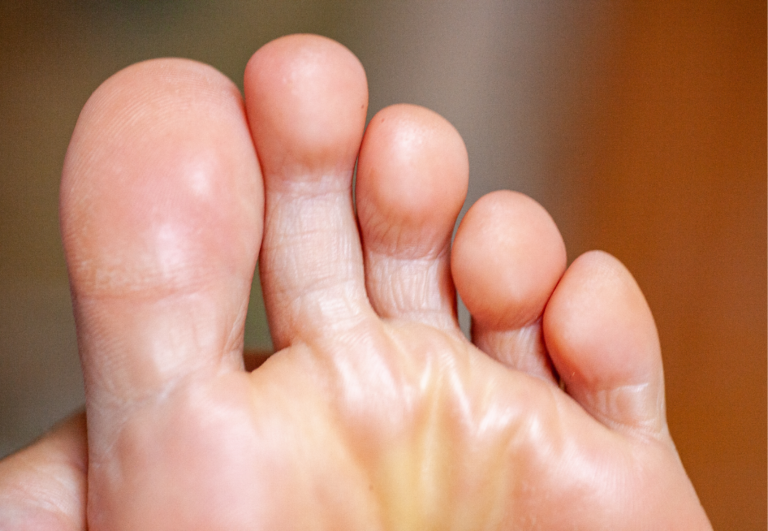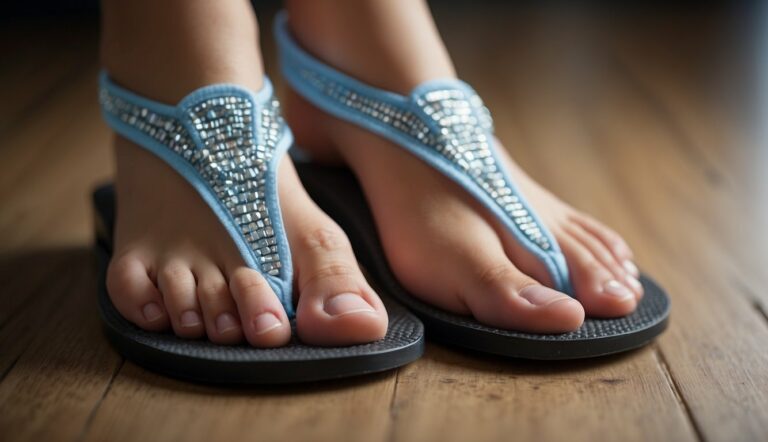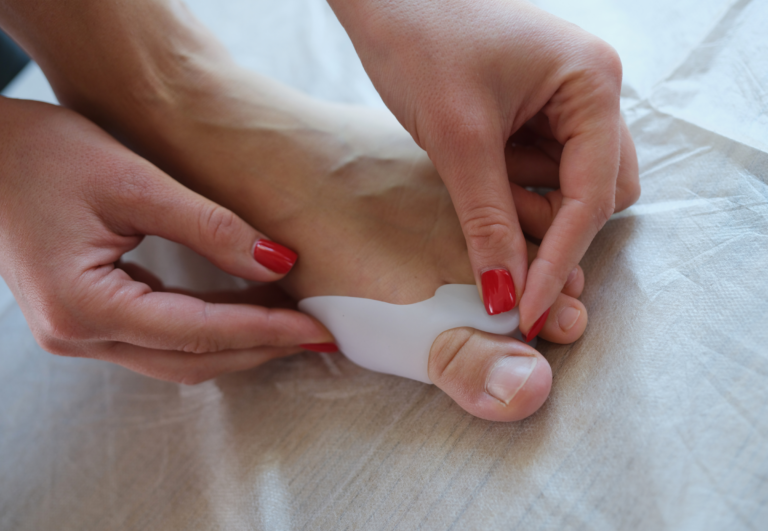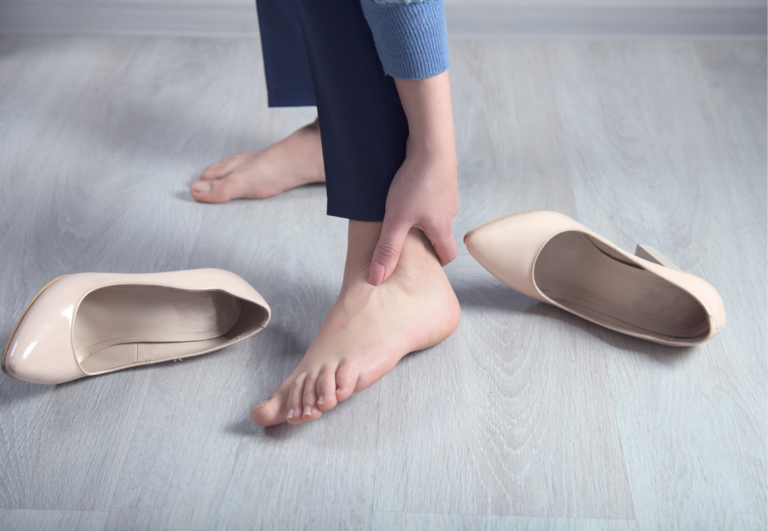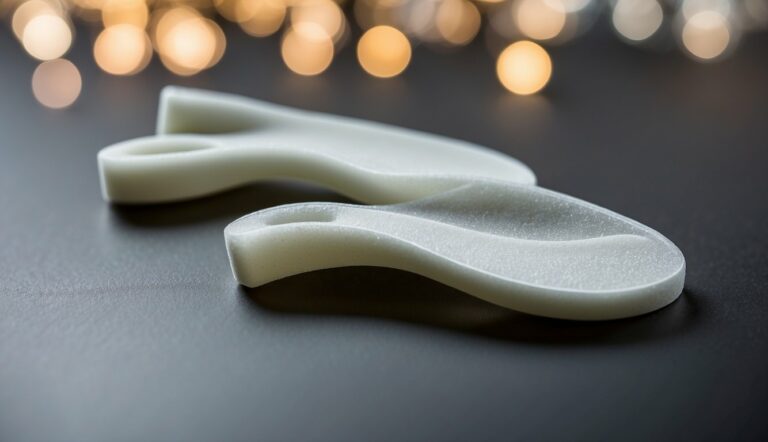How Long Does It Take Toe Spreaders to Work: Unveiling Timelines for Foot Health Benefits
In my experience with toe spacers, often referred to as toe spreaders, the time it takes for them to work varies from person to person. Toe spacers are designed to alleviate discomfort by promoting proper toe alignment, which can help with a range of issues from bunions to overlapping toes. They work by gently separating the toes, countering the squeeze from narrow footwear, and are particularly beneficial if you’re dealing with foot pain or looking to prevent toe deformities.
The effectiveness of toe separators and the time they require to show results depends on several factors, including the severity of the toe misalignment, how frequently the toe spacers are used, and the user’s overall foot health. Users may feel immediate relief in terms of reducing pressure between toes, but for the toe spacers to contribute to changes in toe alignment, consistent use over weeks or months is typically necessary. It’s crucial to start with shorter periods of use and gradually increase as your feet adjust to avoid discomfort.
How Long Does It Take Toe Spreaders to Work?
The time it takes for toe spreaders to work can vary greatly depending on the individual’s foot condition, the specific goals they are trying to achieve, and how consistently they use the toe spreaders. Some people may feel immediate relief from discomfort when using toe spreaders, while long-term corrective changes can take weeks or even months of consistent use.
For those using toe spreaders to address issues like toe alignment or to counteract the effects of cramped footwear, noticeable changes in toe spacing may be observed after consistent use over a period of about 4 weeks when worn for several hours every other day.
It’s important to start using toe spreaders gradually, beginning with shorter periods (such as 10-15 minutes) and slowly increasing the duration to allow your feet to adjust. Wearing them too long right away can lead to discomfort or pain. It’s also recommended to consult with a healthcare professional before using toe spreaders, especially for individuals with existing foot problems.
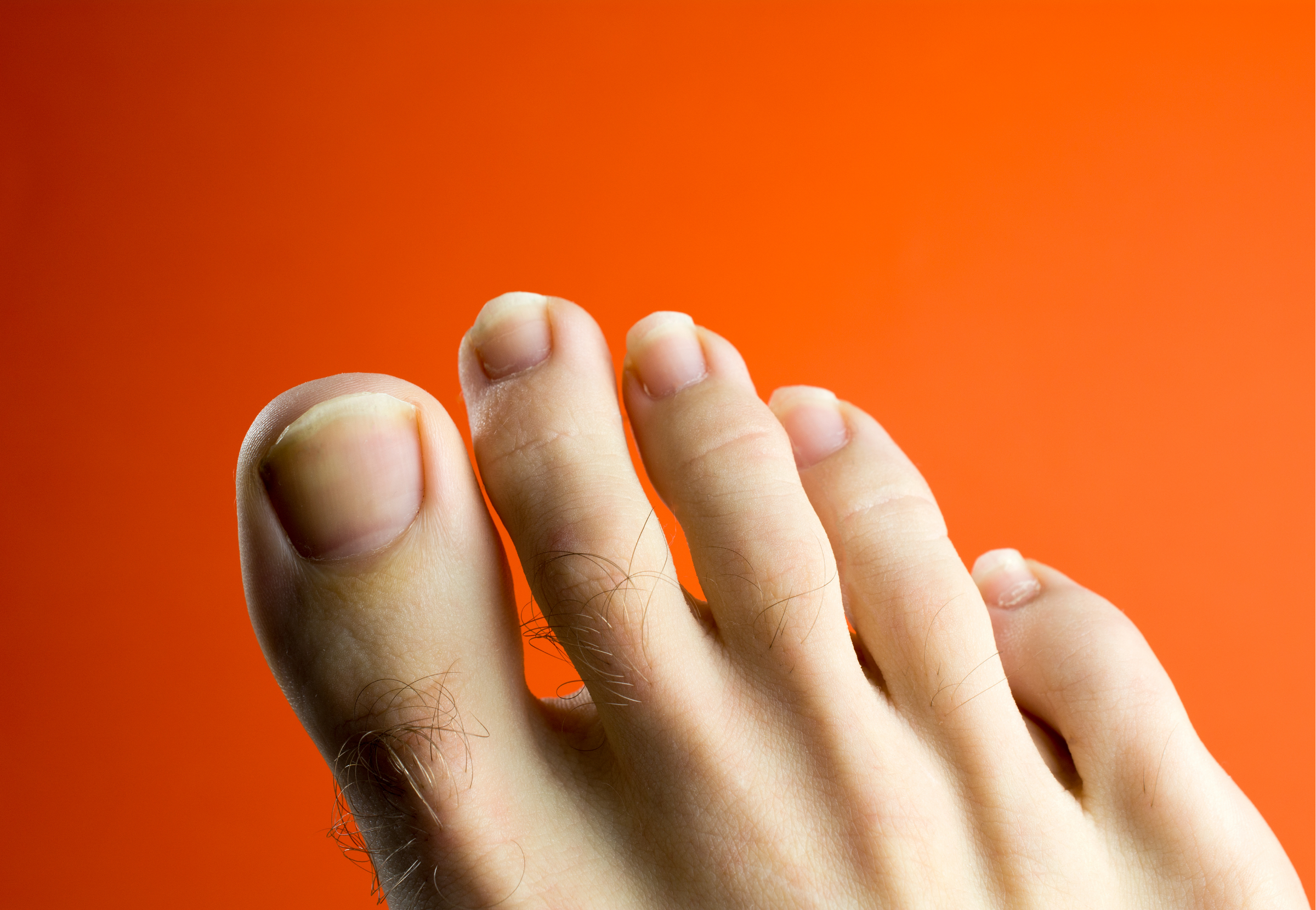
Quick Overview of Toe Spacers
Toe spacers are designed to realign the toes to their natural position and can be beneficial for foot health. My experience has led me to appreciate the importance of selecting the right type and material for maximum effectiveness and comfort.
Types of Toe Spacers
Toe spacers come in various shapes, each tailored for different needs. Some are small and fit snugly between two toes, while others span the length of several toes. They can be:
- Single toe spacers: Target one toe joint or area.
- Full-foot spacers: Extend across all toes.
The design choice depends on whether an individual has specific toe issues or seeks overall toe alignment.
Material and Form
The material of toe spacers significantly affects their comfort and durability. Here are the common materials used:
- Silicone: This is widely favored for its comfort and flexibility.
- Gel: Gel spacers conform well to the toes and can provide cushioning.
- Foam: Softer and more pliable, foam spacers are gentle but less durable.
- Rubber: Offers a firm hold, though less common due to potential for irritation.
- Medical-grade silicone: A superior option for its hypoallergenic and durable nature.
When selecting a spacer, one should consider not just the material’s comfort but also its longevity and ease of cleaning. Silicone, especially medical-grade, typically offers a balance of comfort and hygiene, while gel can provide additional cushioning for sensitive areas between the toes.
Benefits of Toe Spacers
Toe spacers can be a game-changer for maintaining foot health by aligning your toes to a more natural position, enhancing balance and stability, and offering a wealth of other functional benefits.
Improved Toe Alignment
Bunions and Hammertoes:
- Bunions: Toe spacers help to realign toes and relieve pressure on the joint, potentially slowing the progression of bunions.
- Hammertoes: They can also aid in correcting hammertoe deformities by stretching tight muscles and tendons.
Alignment and Flexibility:
- Better Positioning: Consistent use encourages toes to adopt their natural alignment.
- Increased Toe Flexibility: This can promote flexibility in the toes, leading to improved mobility.
Enhanced Foot Function
Balance and Stability:
- Grounding: Properly spaced toes improve my sense of grounding, enhance balance, and contribute to overall stability.
- Strength: Toe spacers can also strengthen the muscles of the feet, improving gait and posture.
Mobility and Gait:
- Movement Quality: With better toe alignment, I notice an increase in mobility and a more natural walking pattern.
- Long-Term Benefits: Regular usage offers potential strength gains and could help in preventing future foot issues.
Usage Guidelines
When it comes to toe spacers, using them correctly is as important as selecting the right type. Personal comfort and gradual adaptation are key in preventing any potential discomfort.
Recommended Duration of Use
Initially, I recommend wearing toe spacers for short periods during the day, perhaps 15-30 minutes, and observing how your toes feel. Over weeks, this duration can be gradually increased. Consult a podiatrist (DPM) if you’re considering using them for extended periods or if you have existing foot conditions.
Integrating Into Routine
Introducing toe spacers into your routine requires a balanced approach. Begin by incorporating them during low-impact activities, such as:
- Stretching
- Walking
Gradually, as your feet adapt, you can wear them while engaging in weight-bearing activities. However, avoid wearing toe spacers during high-impact exercises like running until you’re well-adjusted to them.
Potential Outcomes and Timeframe
In my experience with toe spacers, users can expect to see a variety of results over different periods. Some may find immediate relief while for others, the benefits may be recognized over a longer term.
Short-Term Effects
When you first begin using toe spacers, you might notice a sense of relief from discomfort, particularly if you’ve been experiencing pain due to toe crowding or deformities like bunions. Initially, there can be an adjustment period where the sensation can range from a gentle stretch to slight discomfort as your toes begin to realign.
Long-Term Results
For lasting foot health and pain relief, consistent use is key. Over months, toe spacers can contribute to recovery from conditions like severe bunions, potentially taking up to 6 months to fully work. They may also improve your balance and foot strength, overall aiding in the support of your whole body.
Considerations and Precautions
When integrating toe spacers into your routine, it’s important to consider individual factors like existing medical conditions and the type of shoes you wear. A cautious approach will ensure both safety and effectiveness.
Medical Conditions and Footwear
Medical Conditions: For those with diabetes, careful monitoring is crucial due to potential nerve damage and decreased blood flow. Toe spacers can still be beneficial, but they must be used under medical guidance to avoid complications. Arthritis sufferers should also seek advice, as spacers may influence joint alignment and pain.
Footwear Tips:
- Avoid tight shoes: Opt for footwear with a wide toe box to prevent compression.
- Narrow toe boxes may exacerbate toe deformities and should be replaced with shoes that allow for proper toe spacer fitment.
- Injury Considerations: If you’re dealing with a foot or toe injury, consult a specialist before beginning toe spacer therapy to not aggravate the condition.
Age and Activity Level Related Factors
Age: The flexibility of the ligaments and the presence of conditions such as arthritis can affect toe spacer efficacy; older adults may need more time to see results compared to younger individuals.
Activity Level Impact:
- With increased activity, toe spacers can help realign toes more quickly.
- Sedentary lifestyles might prolong the adaptation period; incorporating gentle, toe-focused exercises could assist with adjustment.
